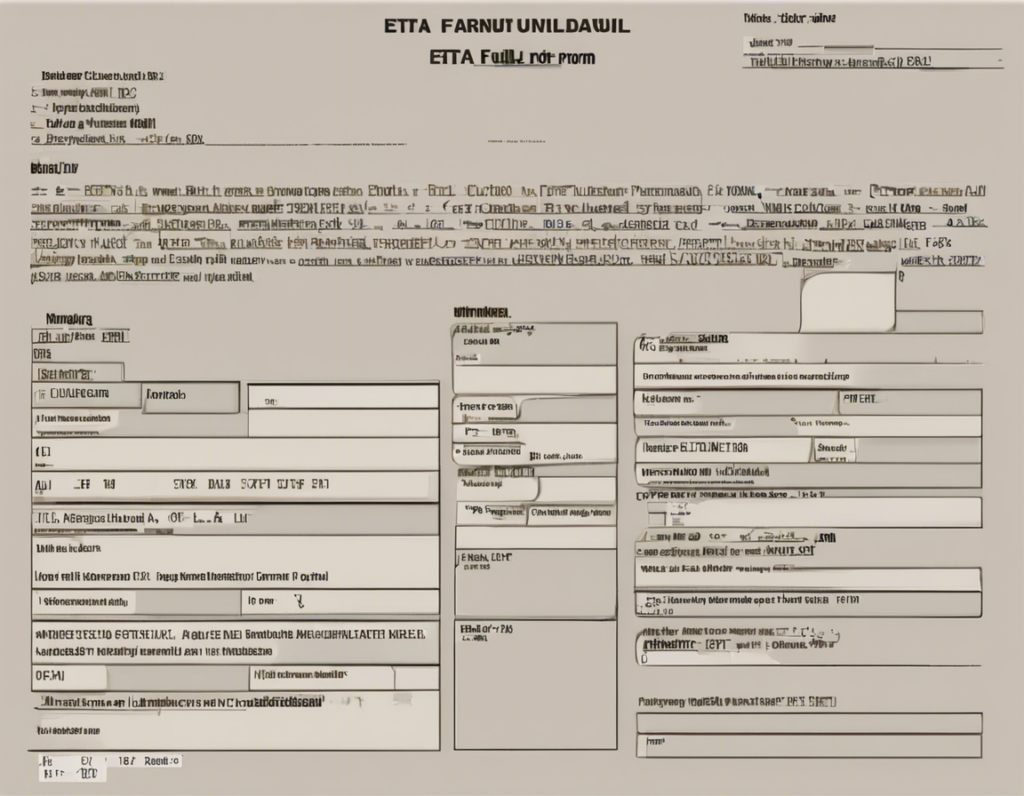Introduction:
In the world of abbreviations and acronyms, ETA is one that frequently pops up in various contexts. ETA stands for Estimated Time of Arrival, and it plays a crucial role in different fields such as transportation, logistics, project management, and more. Understanding the concept of ETA and its significance is key to effective planning and decision-making.
What is ETA and How is it Calculated?
ETA, or Estimated Time of Arrival, refers to the predicted time at which someone or something is expected to reach a particular destination or complete a journey. ETA is calculated based on various factors such as distance, speed, current location, traffic conditions, weather, and potential delays.
In transportation and logistics, ETA helps in planning routes, scheduling deliveries, managing resources efficiently, and informing stakeholders about the expected arrival times. This information is crucial for businesses to streamline operations, meet deadlines, and provide accurate updates to customers.
Significance of ETA in Different Contexts:
-
Transportation: In the transportation industry, ETA is used by airlines, railways, shipping companies, and trucking companies to estimate travel times, manage schedules, and ensure on-time deliveries.
-
Logistics: For logistics providers, ETA plays a vital role in optimizing supply chain operations, tracking shipments, and coordinating the movement of goods from one place to another.
-
Project Management: In project management, ETA helps in setting realistic timelines, monitoring progress, identifying potential bottlenecks, and making informed decisions to keep projects on track.
-
Navigation Systems: Car navigation systems, GPS devices, and mobile apps often provide ETA to users to help them plan their journeys, avoid traffic congestion, and reach their destinations efficiently.
Factors Impacting ETA:
Several factors can influence the accuracy of ETA calculations:
-
Distance: The overall distance to be covered impacts the estimated time of arrival, with longer distances typically requiring more time.
-
Speed: The speed at which the journey is conducted affects ETA, as faster speeds can reduce travel time.
-
Traffic Conditions: Congestion, road closures, accidents, and other traffic-related factors can significantly alter the predicted arrival time.
-
Weather Conditions: Adverse weather conditions such as rain, snow, or fog can impede travel progress and lead to delays.
-
Mode of Transportation: Different modes of transportation (air, sea, land) have varying speeds and operational complexities that influence ETA calculations.
Benefits of Using ETA:
-
Improved Planning: By having access to accurate ETA information, businesses and individuals can plan their activities more effectively and efficiently.
-
Customer Satisfaction: Providing customers with realistic ETA estimates helps in managing expectations and enhancing overall satisfaction levels.
-
Resource Optimization: Efficient utilization of resources, such as vehicles, manpower, and infrastructure, is possible when ETA is planned and managed effectively.
-
Risk Mitigation: Anticipating potential delays or disruptions through ETA forecasting enables proactive risk management and contingency planning.
FAQs (Frequently Asked Questions):
- What is the difference between ETA and ETD (Estimated Time of Departure)?
-
Answer: ETA refers to the predicted time of arrival, while ETD signifies the estimated time of departure. ETA focuses on when something is expected to reach its destination, whereas ETD indicates when a journey or activity is set to begin.
-
How accurate is ETA calculation in real-time tracking systems?
-
Answer: The accuracy of ETA calculations in real-time tracking systems depends on the quality of data inputs, the reliability of tracking technology, and the dynamic nature of external factors such as traffic and weather conditions.
-
Can ETA be updated or revised during a journey?
-
Answer: Yes, ETA can be updated or revised throughout a journey based on changing conditions, new information, or unexpected events that may impact the original estimates.
-
Are there any common challenges in predicting ETA accurately?
-
Answer: Some common challenges in predicting ETA accurately include unpredictable traffic patterns, unforeseen delays, limited visibility into external factors, and technical issues with tracking systems.
-
How can businesses leverage ETA for strategic advantage?
- Answer: Businesses can leverage ETA for strategic advantage by integrating it into their operational workflows, using it for demand forecasting, optimizing inventory management, enhancing customer service, and improving overall operational efficiency.
In conclusion, understanding the concept of ETA and its applications across various industries is essential for effective planning, decision-making, and resource management. By harnessing the power of Estimated Time of Arrival, organizations and individuals can enhance operational efficiency, customer satisfaction, and overall productivity.
